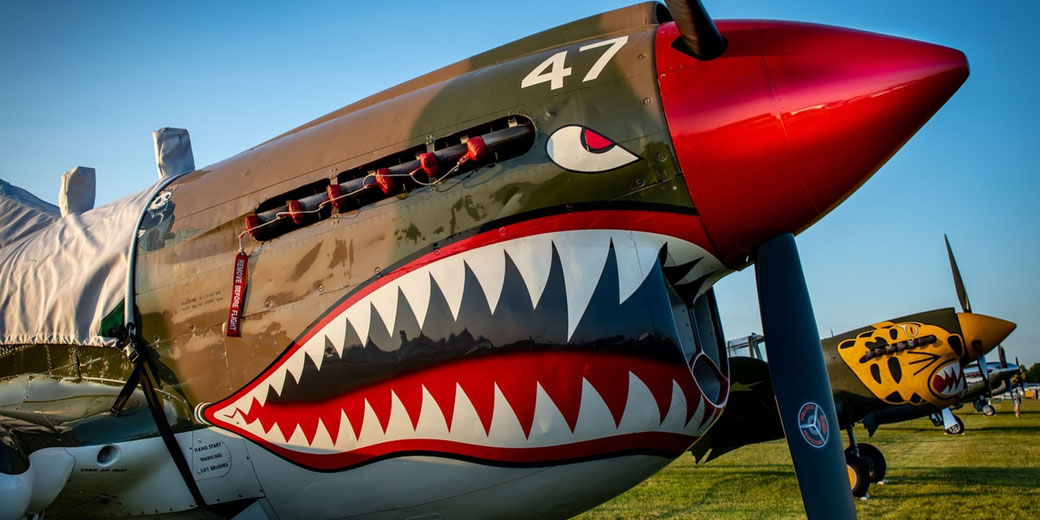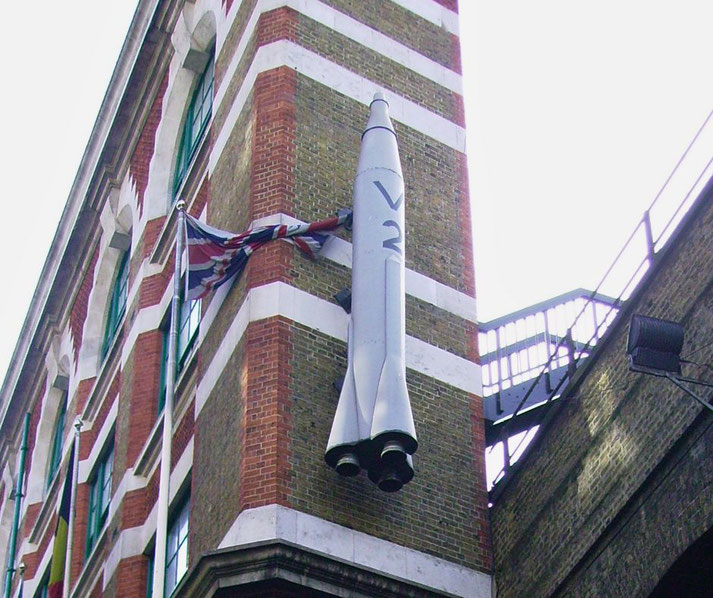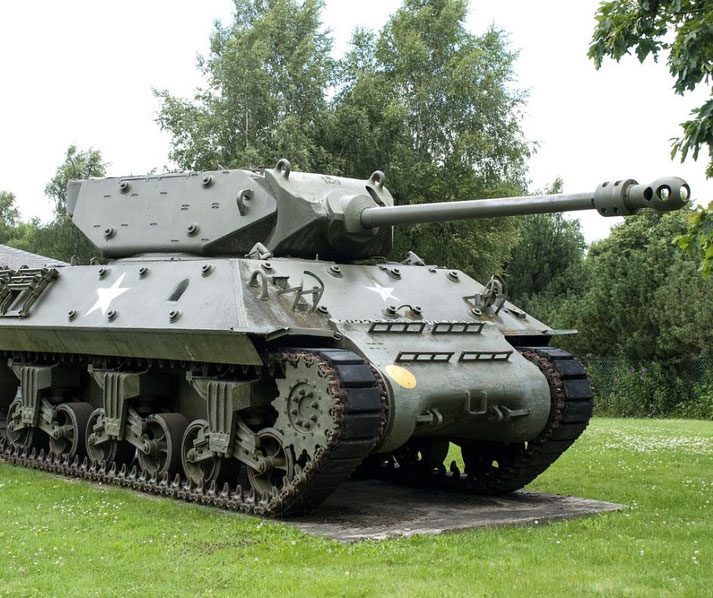7 groundbreaking technologies that won WWII

Across the battlefields of Europe, the skies over the Pacific, and the waters of the Atlantic, the outcome of the Second World War often depended on machines that never held rifles or wore uniforms.
Specific technologies, such as radar, jet propulsion, codebreaking devices, atomic weaponry, and armoured vehicles, changed how the Allies planned, fought, and won key campaigns.
As nations committed their entire economies to warfare, success depended on manpower, tactics and the speed and scale of scientific innovation.
1. Radar: Eyes in the skies
At Bawdsey Manor on England’s eastern coast, British physicists who worked under Sir Robert Watson-Watt developed one of the first early-warning radar systems during the late 1930s.
The Chain Home network, which used radio waves to detect distant aircraft, had stretched across the southern coastline by 1938 and had provided rapid alerts to ground stations.
By July 1940 radar stations were actively detecting incoming German bombers, which offered Britain a defensive advantage that had never existed before.
During the Battle of Britain, this system had proved essential for British air defence.
For example, Royal Air Force controllers used radar data to direct fighter squadrons toward specific bomber formations, and as a result, the RAF preserved aircraft and fuel, reduced pilot fatigue, and avoided wasteful patrols.
The Luftwaffe, unaware of radar’s full extent, misjudged British preparedness and failed to eliminate air resistance ahead of a planned invasion.
At the same time, American engineers improved radar mobility and smaller designs.
As a result, shipboard radar guided anti-aircraft guns during night operations while airborne radar units identified enemy vessels during long-range patrols.
In the Pacific, this gave a clear advantage. During the Battle of the Philippine Sea in 1944, American carriers repelled waves of Japanese aircraft by using radar-guided intercepts.
On D-Day, Allied forces also used radar to navigate through fog and darkness, which ensured coordinated landings along the Normandy coast.
2. The jet engine
In 1937, Frank Whittle’s jet engine prototype began ground testing in Britain, while Hans von Ohain's design led to the first successful jet-powered flight of the Heinkel He 178 in August 1939 in Germany.
Both systems relied on jet propulsion rather than piston-driven propellers, which allowed aircraft to reach higher speeds and altitudes.
By 1944, Germany had put this idea into use. The Messerschmitt Me 262 became the world’s first combat jet fighter, which reached speeds over 870 km/h and easily outpaced Allied aircraft.
As Allied bombers approached, Me 262s launched devastating attacks, although fuel shortages and production disruptions limited their full potential.
The first operational mission was flown by Erprobungskommando 262 on 26 July 1944.
Britain, meanwhile, fielded the Gloster Meteor. Deployed against V-1 flying bombs, it became the Allies' first successful jet platform.
The Meteor reached a top speed of 668 km/h, fast enough to intercept the pilotless threats.
While the Meteor and Me 262 never directly clashed, the presence of jet fighters on both sides changed aerial warfare before the war had even ended.
3. The atomic bomb
On 16 July 1945, the desert near Alamogordo, New Mexico, became the site of the first atomic explosion.
Under the Manhattan Project, scientists including Robert Oppenheimer, Enrico Fermi, and Leo Szilard created a fission weapon capable of producing extreme destruction.
The Trinity test had confirmed it would work, which had forced Allied leaders to reconsider the final phase of the war.
Shortly afterwards, the United States dropped “Little Boy” on Hiroshima and “Fat Man” on Nagasaki, where each bomb levelled large portions of the target cities, killing tens of thousands and exposing survivors to radiation sickness.
In Hiroshima, approximately 70,000 to 80,000 people died instantly, with the death toll rising to over 140,000 by the end of 1945.
In Nagasaki, around 40,000 were killed immediately, and the total exceeded 75,000 by year’s end.
In both cases, the weapons forced Japanese leaders to recognise that continued resistance would guarantee national destruction.
By 15 August, Japan announced its surrender, as the atomic bomb had eliminated the need for a land invasion and had ended the war within weeks.
The surrender was formally signed aboard the USS Missouri on 2 September 1945.
More broadly, it had changed global politics as, for the first time, one device could destroy a city, change a war’s trajectory, and deter future conflict.
4. Cryptography: The secret war
To coordinate its war effort, Germany relied on the Enigma machine, an electromechanical cipher device used a combination of rotors and plugboards to scramble messages, which produced new encryptions daily.
German commanders trusted its security and assumed no enemy could reverse-engineer the system fast enough to exploit the intercepted content.
In 1939, Polish codebreakers had shared their early breakthroughs with British intelligence, and at Bletchley Park, Alan Turing and his team developed the Bombe, a machine that could speed up codebreaking and find the daily settings.
As a result, the Allies gained access to strategic communications. Enigma variants were also used by Italy and Japan, although less widely.
Codenamed “Ultra,” this decrypted intelligence guided decisions across every major theatre.
For instance, during the Battle of the Atlantic, convoy routes were adjusted in real time to avoid U-boat packs.
Also, ahead of D-Day, Allied commanders confirmed German expectations remained fixed on Pas-de-Calais.
Therefore, cryptography allowed the Allies to have advance knowledge, reduce risks, and win more quickly.
Historians estimate that over two million Enigma messages were successfully decrypted during the war.
5. Advances in submarine warfare
During the early stages of the war, German U-boats terrorised Allied shipping in the Atlantic when they attacked in groups called wolfpacks, and struck under the cover of night before submerging to avoid retaliation.
Britain was dependent on imported goods and faced a critical shortage of food and fuel as losses mounted.
Allied responses focused on detection and disruption. New tools such as sonar (ASDIC) had allowed surface ships to locate submerged targets, while High-Frequency Direction Finding (Huff-Duff) had intercepted enemy radio transmissions.
These technologies had helped naval escorts locate U-boat positions more quickly and accurately.
For example, U-47 famously sank HMS Royal Oak in 1939.
At the same time, air patrols closed key gaps in ocean coverage. Long-range bombers that were equipped with radar and searchlights exposed submarines that were forced to surface for battery recharging.
Escort carriers brought additional aircraft to remote regions, and depth-charge projectors increased kill rates.
Eventually, German submarine losses had exceeded production. Although Germany introduced the advanced Type XXI U-boat in 1945, it arrived too late to alter the war’s direction.
In total, the Allies sank over 750 U-boats, while German submarines sank more than 14 million tons of Allied shipping.
6. The dawn of ballistic missiles
At Peenemünde on Germany’s Baltic coast, engineers led by Wernher von Braun developed the world’s first operational ballistic missile: the V-2 rocket.
Powered by liquid fuel and guided by gyroscopes, it reached the edge of space before descending at supersonic speed. Traditional defences could not stop it.

From September 1944, Germany launched V-2 rockets at London, Antwerp, Liège, and Paris.
For example, the rockets caused thousands of civilian deaths and widespread property damage, primarillly because survivors received no air raid warning.
The rocket travelled faster than sound, and its arrival could only be confirmed by its detonation. Over 3,000 V-2 rockets were launched by war’s end.
Technically impressive but of limited strategic effect, the V-2 failed to delay Allied advances.
However, it opened up new possibilities. After the war, both the United States and the Soviet Union recruited German rocket engineers.
As a result, Cold War missile programmes and space exploration initiatives evolved directly from wartime designs.
7. Tanks and armored vehicles
By the time German forces invaded Poland, armoured units had become central to their Blitzkrieg strategy.
Panzer divisions, supported by mechanised infantry and dive bombers, broke through enemy lines with speed and coordination.
The Panzer III and IV remained the primary workhorses during early victories in France and the Soviet Union.
In response, the Soviets fielded the T-34. The T-34, which was built with sloped armour, wide tracks, and a 76.2 mm gun, combined a balance of protection and mobility with substantial firepower.
Crucially, it could be produced in massive numbers at factories relocated far from the front, and the Soviet Union had manufactured over 57,000 T-34s, which had allowed it to sustain prolonged resistance.
As German forces advanced, the T-34 helped halt their momentum and reverse territorial losses.
Meanwhile, American forces relied on the M4 Sherman, which was easy to maintain and deployed in large quantities.
The Sherman supported infantry units across North Africa, Italy, and Western Europe.
In head-to-head combat against German Tigers or Panthers, it struggled, and the Allies compensated by emphasising coordinated manoeuvres that linked infantry and armour with sustained artillery support.
They used superior numbers to overwhelm isolated enemy formations. The United States had built nearly 50,000 Sherman tanks.
By the final years of the war, tanks formed the centrepiece of modern ground warfare.
The Battle of Kursk in July 1943 involved over 6,000 tanks and demonstrated how armoured forces had come to control the battlefield.

What do you need help with?
Download ready-to-use digital learning resources
Copyright © History Skills 2014-2025.
Contact via email
With the exception of links to external sites, some historical sources and extracts from specific publications, all content on this website is copyrighted by History Skills. This content may not be copied, republished or redistributed without written permission from the website creator. Please use the Contact page to obtain relevant permission.





